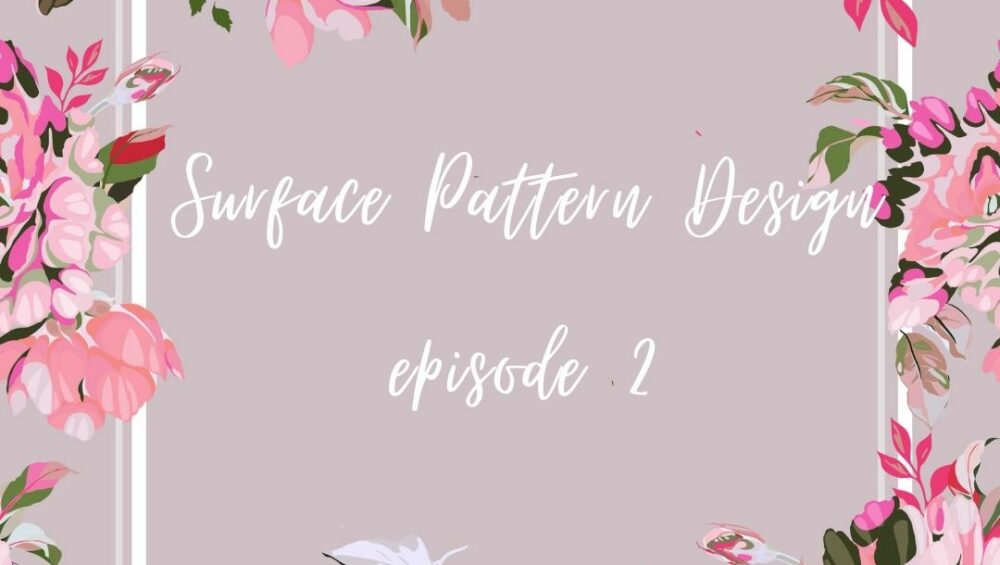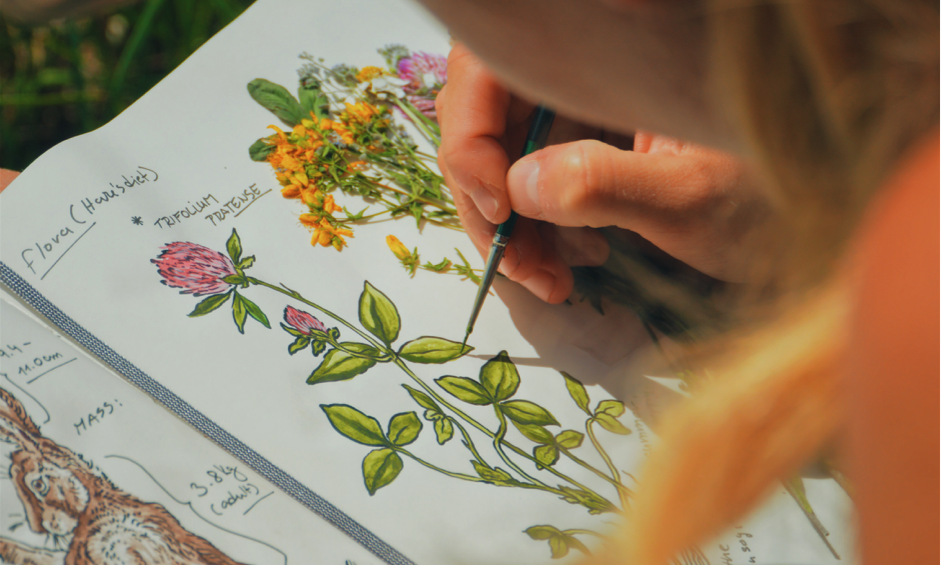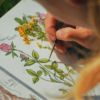Do you want to know how to get started as a surface pattern designer? Atisha Design Studio suggests few tips and guidelines that can help you craft a living.
Do you find yourself obsessing over prints and patterns? It could be anything from large, bold motifs to abstracts or ditzy floras’ too. If you are creative-driven, have an interest in emerging fashion, and love exploring new techniques, you might enjoy an exciting and rewarding career in surface pattern design. Here are a few tips and guidelines to get you started as a surface pattern designer.
1. Learn the art of Surface Pattern Design: A surface pattern designer is an artist or a doodler who creates two-dimensional designs that are suitable for a wide range of applications, for example, fabric, homeware, bed and kitchen linen, wallpapers, stationery, and gift cards, etc. You do not need to be a pro artist or someone good at making portraits. Basic sketching and creative imagination is just enough to harness your career in this field. Seek proper training and courses from the experts to understand the fundamental elements of design and the techniques to transform your doodles and sketches into motifs and repeat patterns.
2. Carving out your niche: Your characteristics and persona is what defines you. Similarly, it works for surface pattern design too. You want to be unique, authentic and let people know what your style is before you dive into your career. You can build a great sense in developing quirky prints or someone who finds a hidden talent in making abstract flowers or maybe just like the tropical vibe. Once you learn the art, you will find your way to master your style. Here’s a tip: To be known in the market, Find your own personal style and stick with it.
3. Design your cohesive collection: Once you master the art, the next step is to understand how to develop prints for various products and making a collection. This phase includes a heavy research, choosing the target audience, developing a well-structured mood board, evaluating trends, creating prints (main motif and pattern co-ordinates) and developing the range. You can also pick an industry or a product category of where you want to create prints for.
4. Build a compelling portfolio: Building a strong portfolio is a crucial step in getting your foot in the door in the surface pattern design industry. A designer’s portfolio is required to win job contracts, to demonstrate competency in the field, and to showcase the usage of artwork in different areas of design; Fashion, Interior, and Product.
5. Build your presence and generate revenue: Understand the general communication and marketing skills and learn to build your presence in the market. You can work as a freelance surface pattern designer and or can also find a suitable job in a well-reputed company or a brand. While you do that, make sure you also build your community around your design through blogs, tweets, social media, and reach out to various surface pattern designer’s community. It will help people know what you do and to connect you with further clients.
6. Know that you can: Last but not the least. Do not forget to be confident in what you do. A confident person can achieve anything in this world. Believe in your artwork and trust your skills. Once you achieve that, you will create wonders.
If you’re ready to do this, you should go and check out our course





